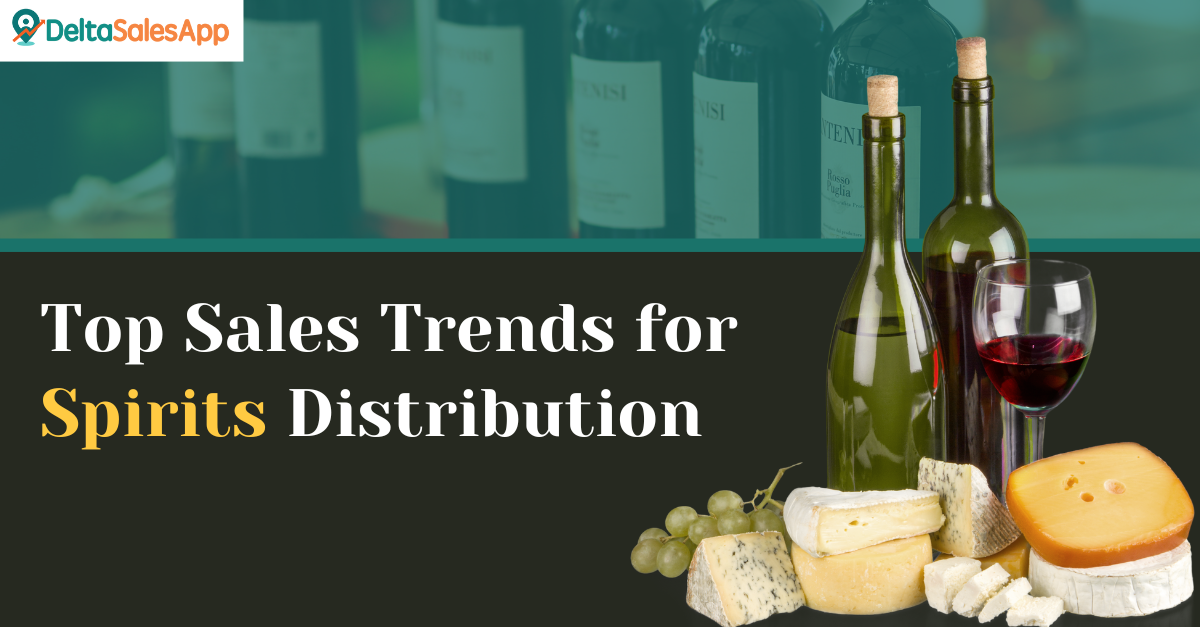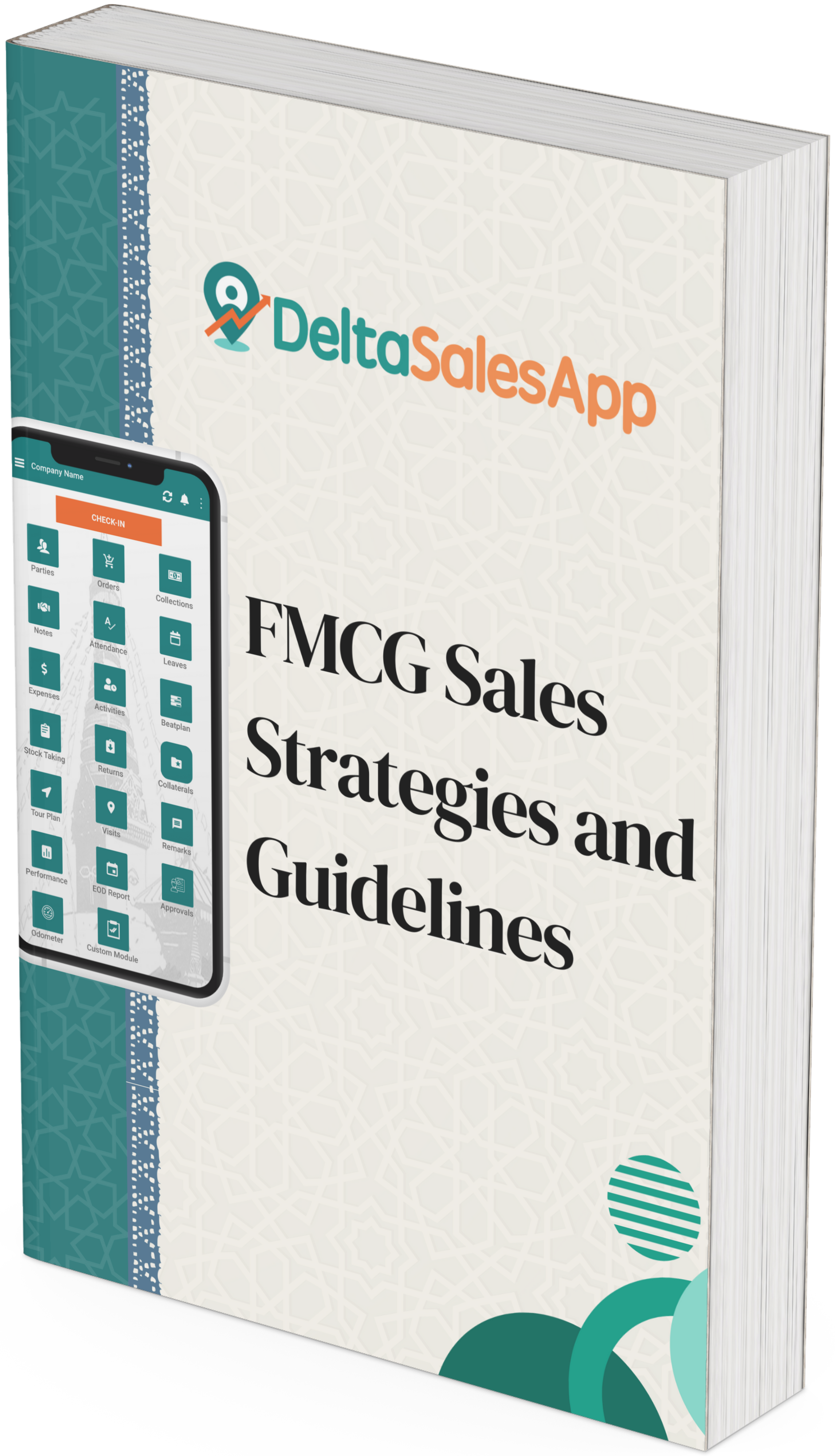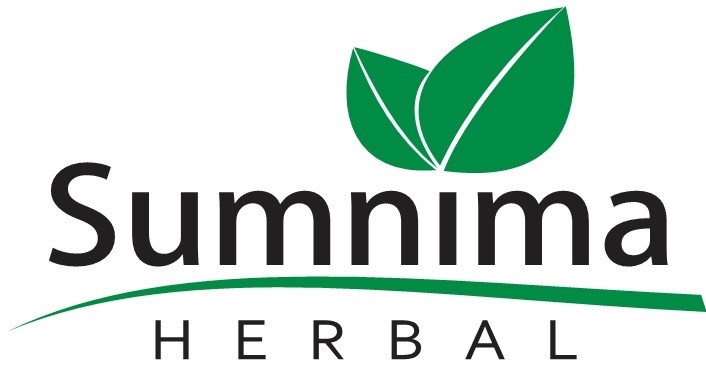Top Sales Trends for Spirits Distribution

The world of spirits distribution is anything but stagnant. Forget dusty warehouses and predictable orders; today's landscape is a dynamic mix of evolving consumer tastes, technological advancements, and innovative approaches to getting your favorite tipple from distiller to doorstep. To thrive in this vibrant environment, distributors need to be more than just logistics experts. They need to be savvy trend-spotters, agile adaptors, and strategic partners who can help their brands navigate a rapidly changing market. So, grab your metaphorical tasting glass as we delve into the top sales trends that are currently shaping the spirits distribution industry and offering exciting opportunities for those who know where to look.
The traditional model of spirits distribution, while foundational, is being increasingly influenced by a confluence of factors. Consumers are more informed and adventurous than ever before, their palates expanding beyond familiar favorites to explore craft offerings, unique flavor profiles, and spirits with compelling stories. Technology is breaking down barriers, offering new avenues for communication, order placement, and even direct-to-consumer (where regulations allow) engagement. Meanwhile, the competitive landscape is intensifying, with new distilleries and brands constantly entering the market, vying for shelf space and consumer attention. To not only survive but flourish in this evolving ecosystem, spirits distributors must stay ahead of the curve, understanding the key trends that are driving sales and adapting their strategies accordingly. This means embracing data-driven insights, leveraging digital tools, fostering strong relationships with both suppliers and retailers, and ultimately, anticipating the ever-shifting desires of the modern spirits consumer. Let's unlock the trends that are making the biggest impact and shaping the future of spirits distribution.
The Craft Craze Continues: Riding the Wave of Premiumization and Local Love
The appetite for craft and premium spirits shows no signs of slowing down. Consumers are increasingly willing to spend more for unique, high-quality products with authentic stories and a sense of craftsmanship. This trend extends across categories, from artisanal whiskies and small-batch gins to handcrafted tequilas and boutique vodkas. Distributors who can effectively identify and champion these emerging craft brands are well-positioned to capture a significant share of this growing market segment. Furthermore, there's a strong consumer inclination towards local and regional spirits. The desire to support local businesses and experience the unique flavors of their region is a powerful driver. Distributors with strong relationships with local distilleries and a robust network to bring these products to market have a distinct advantage in catering to this demand. This trend also ties into the growing interest in sustainability and ethical sourcing, with consumers increasingly valuing spirits that are produced with environmentally conscious practices and a commitment to fair labor. Distributors who can highlight these aspects of their craft and local portfolios can resonate strongly with today's discerning drinkers._1744271307.png)
Digital Disruption: Embracing Technology for Enhanced Efficiency and Reach
Technology is no longer a peripheral tool in spirits distribution; it's becoming deeply integrated into every aspect of the business. E-commerce and online ordering platforms are transforming how retailers and even consumers (where permitted) discover and purchase spirits. Distributors who invest in user-friendly online portals and efficient digital ordering systems can streamline their processes, improve order accuracy, and provide a more convenient experience for their retail partners. Data analytics and business intelligence tools are also becoming indispensable. Distributors who can effectively collect, analyze, and leverage sales data, inventory information, and consumer trends gain a significant competitive edge. This data-driven approach allows for better forecasting, optimized inventory management, targeted marketing efforts, and a deeper understanding of what's selling and where. Furthermore, digital marketing and communication strategies are crucial for building brand awareness and engaging with both retailers and consumers. Distributors who can effectively utilize social media, email marketing, and online content to highlight their portfolio and support their brands can significantly amplify their reach and impact.
The Rise of Ready-to-Drink and Convenience Culture
The ready-to-drink cocktail market has exploded in recent years, driven by consumer demand for convenient, flavorful, and portable options. From canned cocktails and hard seltzers to pre-mixed pouches, RTDs are appealing to a broad audience looking for easy ways to enjoy their favorite drinks without the fuss of mixing. Distributors who have a diverse and well-curated selection of high-quality RTDs are tapping into a significant growth area. This trend is closely linked to the broader convenience culture, where consumers are prioritizing ease and speed in their purchasing decisions. Distributors who can offer efficient delivery options, flexible order quantities, and streamlined service are well-positioned to meet the demands of this convenience-driven market. This also includes adapting to evolving retail formats and ensuring their products are available in a variety of locations where consumers are looking for convenient beverage options.
Flavor Innovation and Category Blurring: Appealing to Adventurous Palates
Today's spirits consumers are increasingly adventurous and eager to explore new and exciting flavor profiles. This is driving significant innovation in flavor extensions across various spirit categories, from flavored vodkas and gins to spiced rums and infused tequilas. Distributors who can stay ahead of these flavor trends and offer a diverse range of innovative products can cater to this demand for novelty. We're also seeing a blurring of traditional spirit categories, with hybrid products and cross-category innovations emerging. Examples include spirit-based seltzers, agave-based whiskies, and other creative combinations that appeal to consumers looking for something different. Distributors who are open to embracing these non-traditional offerings and can effectively educate retailers and consumers about them can tap into new and emerging market segments. This requires a willingness to experiment and a keen understanding of evolving consumer preferences.
Sustainability and Social Responsibility: Aligning with Consumer Values
Increasingly, consumers are making purchasing decisions based on the sustainability practices and social responsibility initiatives of the brands they support. This trend is extending to the spirits industry, with consumers valuing brands that prioritize environmental stewardship, ethical sourcing, and community engagement. Distributors who partner with brands that have strong sustainability credentials and can effectively communicate these values to retailers and consumers can build stronger brand loyalty and appeal to a growing segment of socially conscious drinkers. This includes factors such as sustainable packaging, responsible sourcing of ingredients, and support for local communities. Distributors themselves can also enhance their appeal by implementing more sustainable practices within their own operations, such as optimizing delivery routes to reduce emissions and minimizing waste in their warehouses.
Direct-to-Consumer (DTC) Where Permitted: Navigating Evolving Regulations
While the traditional three-tier system remains the dominant model in spirits distribution, the landscape is evolving, and direct-to-consumer (DTC) sales are gaining traction in some markets where regulations allow. Distributors need to stay informed about these evolving regulations and explore potential opportunities to facilitate DTC sales for their brand partners, whether through online marketplaces, third-party delivery services, or other compliant channels. While navigating the complexities of varying state and local laws is crucial, DTC can offer brands valuable opportunities to connect directly with consumers, gather feedback, and build brand loyalty. Distributors who can offer expertise and infrastructure to support compliant DTC initiatives can become even more valuable partners to their suppliers.
The Power of Partnerships: Collaboration for Mutual Growth
In today's dynamic market, strong partnerships are more important than ever. Distributors who foster collaborative relationships with both their supplier partners and their retail customers are best positioned for success. This includes working closely with suppliers on marketing initiatives, sales strategies, and new product launches. It also means providing valuable support and resources to retailers, such as staff training, merchandising assistance, and insights into local market trends. Building trust and open communication with both sides of the equation creates a more resilient and mutually beneficial ecosystem that drives growth for everyone involved. Distributors who see themselves as strategic partners, rather than just logistical providers, will be the ones who thrive in the long run.
By understanding and adapting to these key sales trends, spirits distributors can position themselves for continued growth and success in a dynamic and exciting industry. It's about embracing innovation, leveraging technology, understanding consumer preferences, and building strong relationships across the value chain. The future of spirits distribution is bright for those who are ready to raise the bar.









